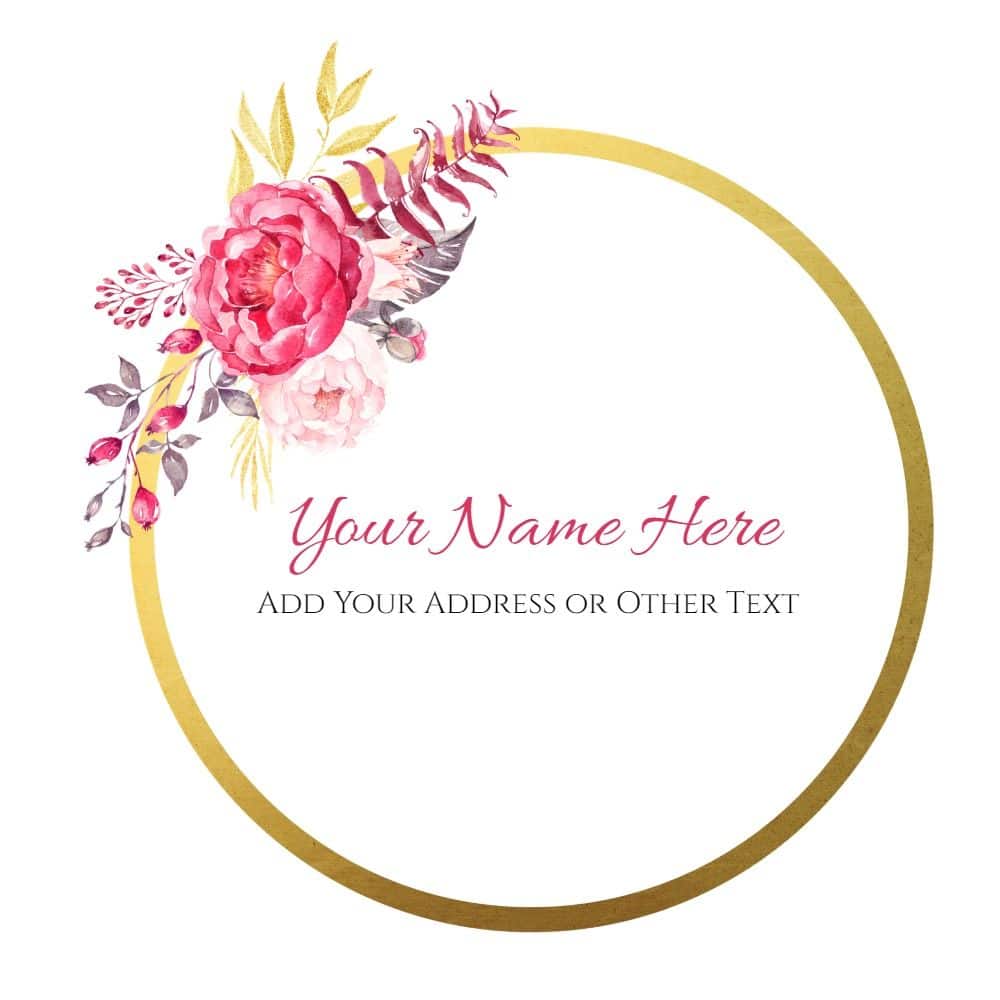

You can specify a format for them (for example, number, currency, or percentage), change where they appear or how they look, and more.Ĭlick the chart, then in the Format sidebar, do one of the following:įor pie or donut charts: Click the Wedges or Segments tab.įor other chart types: Click the Series tab.

Format Chinese, Japanese, or Korean text.Use a keyboard shortcut to apply a style.Create, rename, or delete paragraph styles.Bold, italic, underline, and strikethrough.Format a spreadsheet for another language.Select text and place the insertion point.Change the look of chart text and labels.Add a legend, gridlines, and other markings.Add column, bar, line, area, pie, donut, and radar charts.Calculate values using data in table cells.Quickly calculate a sum, average, and more.View the source data for a pivot table value.Change how pivot table data is sorted, grouped, and more.Add calculations to summarize group data.Add checkboxes and other controls to cells.Use VoiceOver to create formulas and autofill cells.Intro to images, charts, and other objects.Orientation: Print envelopes in portrait or landscape orientation. Include the company name and country or region Print envelopes in alphabetical order or by postcode Print an envelope for a specific address (such as work) or all addresses (for contacts who have multiple addresses) Include your return address (it must appear on your contact card)

Label: Choose additional items to include on envelopes. Or for a non-standard envelope size, choose Define Custom to create and define your own layout. Layout: Choose a standard envelope size from International, North American or Japanese layouts. If you don’t see the Style pop-up menu, click Show Details near the bottom-left corner.Ĭlick Layout, Label or Orientation to customise envelopes. Only contact cards with addresses are printed.Ĭlick the Style pop-up menu, then choose Envelopes. In the Contacts app on your Mac, select one or more contacts, or a list.


 0 kommentar(er)
0 kommentar(er)
